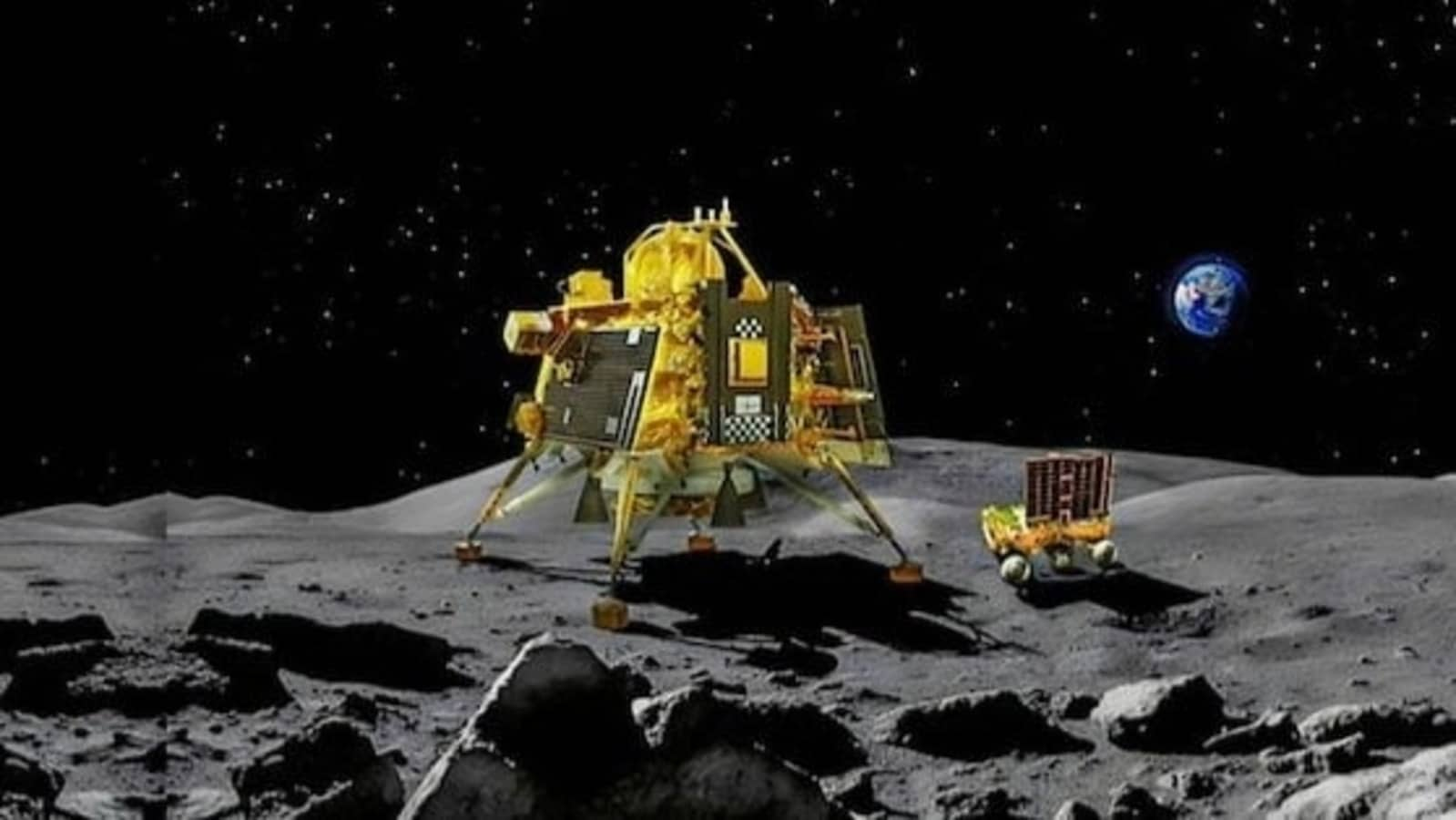ISRO Prepares for Lunar Sample Return Mission as Ambitious Plan Takes Shape
The Indian Space Research Organisation (ISRO) is embarking on an unprecedented mission to collect soil or rock samples from the Moon and transport them back to Earth. The undertaking, known as the Lunar Sample Return Mission (LSRM), represents a significant advancement in India’s space exploration efforts.
Nilesh Desai, Director of the Space Application Centre (SAC) at ISRO, revealed details about the mission, expressing, “ISRO is now planning a bigger mission, where we will try to bring back soil or rock samples. Hopefully, in the next five to seven years, we will be able to meet this challenge,” according to a report by the Indian Express.
The LSRM consists of four key modules: the Transfer module, Lander module, Ascender module, and Re-entry module. Notably, this mission breaks away from ISRO’s traditional approach by utilizing two separate launch vehicles to execute the complex operation.
The mission’s design features a robotic arm mechanism for sample collection at the Shiv Shakti point on the lunar surface. Subsequently, the samples will be loaded onto the Ascender module. After liftoff from the lunar surface, the Ascender module will dock onto the Transfer module, where another robotic arm will transfer the samples to the Re-entry module. Ultimately, both the transfer and re-entry modules are expected to return and land on Earth.
Key Highlights of ISRO’s LSR Mission:
The mission, slated for a 2028 launch, aims to collect soil/rock samples from the Shiv Shakti point on the lunar surface.
Departing from convention, ISRO will utilize two launch vehicles—GSLV Mark-II for the Transfer and Re-entry modules, and GSLV Mark-III for the Ascender and Lander modules.
The project, similar to the successful Chandrayaan 3 in August, is designed for one lunar day (equivalent to 14 days on Earth), with a focus on studying the Moon’s surface, soil, and samples.
ISRO’s LSRM draws parallels with NASA’s recent collection of samples from the near-Earth asteroid Bennu, achieved by the OSIRIS-REx spacecraft after a seven-year journey.

I’m a highly experienced and respected author in the field of cryptocurrency. I have been writing about Bitcoin, Ethereum, Litecoin and other digital currencies for over 5 years which is widely regarded as one of the most knowledgeable and reliable sources of information in this area.








